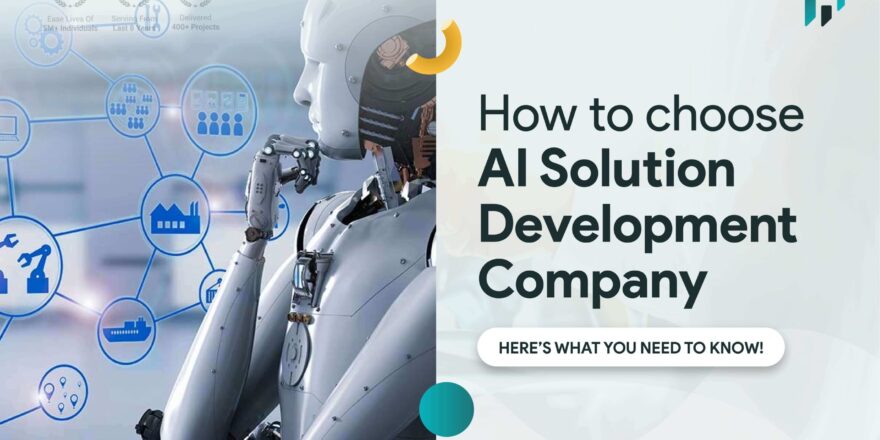Implementing an Enterprise Resource Planning (ERP) system is a significant step towards enhancing organizational efficiency and achieving operational excellence. However, a successful ERP implementation requires careful planning, execution, and monitoring. Here’s a comprehensive guide to ensuring seamless ERP integration and maximizing the benefits of your ERP system.
Also Read: Choosing the Right CRM System: How Our Expertise Helps Businesses Achieve Customer Success
1. Define Clear Objectives and Goals
Set Clear Goals
Before embarking on an ERP implementation, it’s crucial to define what you aim to achieve. Whether it’s improving efficiency, enhancing data accuracy, or streamlining processes, clear objectives will guide the entire project.
Strategy
- Conduct a needs assessment to identify key areas for improvement.
- Align ERP goals with overall business objectives.
- Involve key stakeholders in setting and understanding these goals.
2. Choose the Right ERP System
Assess Your Needs
Selecting an ERP system that fits your organization’s unique needs is vital. Consider factors like scalability, functionality, and industry-specific features.
Strategy
- Evaluate various ERP solutions and vendors.
- Consider system compatibility with existing tools and technologies.
- Opt for a solution that offers flexibility and scalability to grow with your business.
3. Plan and Prepare Thoroughly
Develop a Detailed Plan
A well-structured implementation plan is essential for a smooth ERP integration. It should outline the project scope, timelines, resources, and responsibilities.
Strategy
- Create a project timeline with milestones and deadlines.
- Allocate resources and assign roles to team members.
- Develop a risk management plan to address potential challenges.
4. Engage and Train Your Team
Focus on User Training
Successful ERP implementation relies on effective user adoption. Training your team ensures they can leverage the system to its fullest potential.
Strategy
- Provide comprehensive training programs tailored to different user roles.
- Use hands-on training and real-life scenarios to improve learning.
- Offer ongoing support and resources for troubleshooting.
5. Ensure Data Migration and Integration
Prioritize Data Accuracy
Migrating data from legacy systems to the new ERP system is a critical step. Ensuring data accuracy and integrity during this process is crucial for operational success.
Strategy
- Conduct a thorough data audit to clean and prepare data for migration.
- Use automated tools for data transfer to minimize errors.
- Test the data integration thoroughly before going live.
6. Implement Change Management
Manage Organizational Change
ERP implementation often involves significant changes in processes and workflows. Managing these changes effectively helps in smooth transition and user acceptance.
Strategy
- Communicate changes clearly and frequently to all stakeholders.
- Address concerns and resistance proactively.
- Provide support and resources to help employees adapt to the new system.
7. Monitor and Optimize Performance
Track and Review
Once the ERP system is live, continuous monitoring and optimization are necessary to ensure it meets performance expectations and delivers the desired outcomes.
Strategy
- Monitor system performance and user feedback regularly.
- Conduct periodic reviews and audits to identify areas for improvement.
- Implement enhancements and updates based on performance data and user input.
8. Focus on Post-Implementation Support
Provide Ongoing Support
Post-implementation support is crucial for addressing any issues that arise and ensuring long-term success with the ERP system.
Strategy
- Establish a support team to handle user queries and technical issues.
- Schedule regular maintenance and updates to keep the system running smoothly.
- Foster a feedback loop to continuously improve the system based on user experiences.
Conclusion
Successful ERP implementation requires a strategic approach, clear objectives, and a well-executed plan. By choosing the right system, preparing thoroughly, engaging your team, ensuring data accuracy, managing change, monitoring performance, and providing ongoing support, you can achieve seamless integration and operational excellence. This approach will not only enhance efficiency but also position your organization for long-term success.





